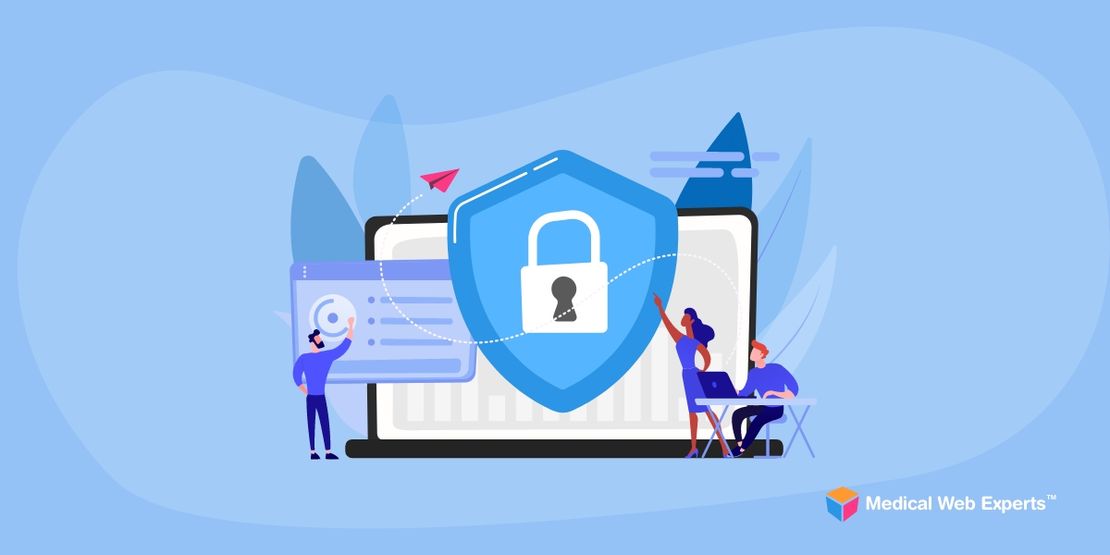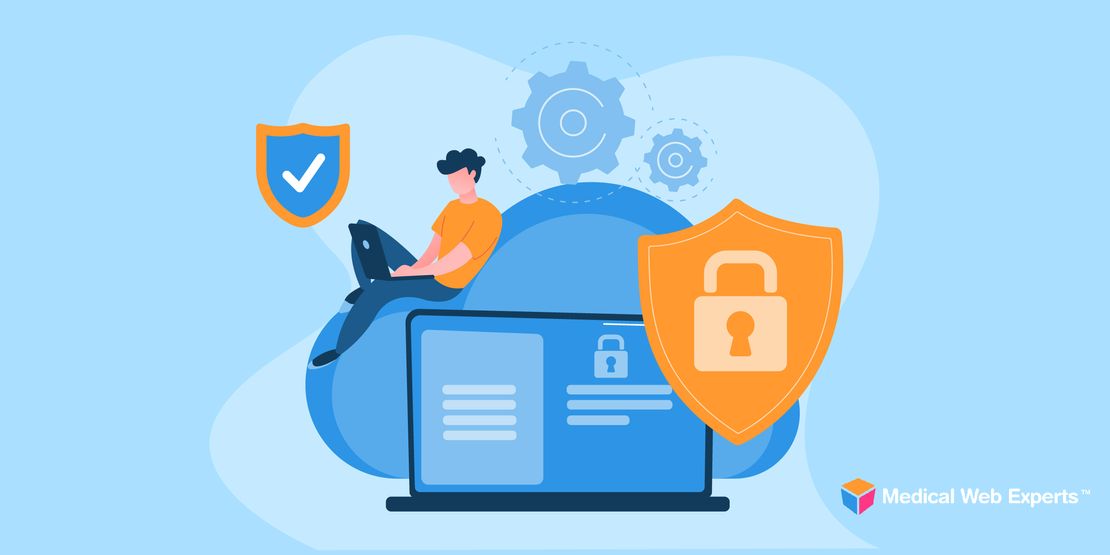You want irony? Try this: the Kaiser Family Foundation reports that we women are the ones make the health care choices for the kids in 8 out of 10 families. Yet women are far and away the minority gender in the world of health IT leaders. Health IT is one of the most important segments of health care, during a time of great change. If women are the ones who’ll be where the rubber hits the road when it comes to the future of health, why aren’t more of us, more involved, in determining what that future of health looks like?
While this is by no means the definitive list, I’ve done some research on the women who ARE making their mark in HIT. I list five to know below. They’ve been included both for their individual accomplishments and for the attention I think that’s due in the areas of health IT where they’re active.
Regina Holliday – The Patient Advocate
Regina uses art to lobby for attention to be paid to patients; she became a patient advocate after witnessing her late husband’s struggle to receive appropriate care for kidney cancer. She paints at big-time medical conventions, reminding attendees that Meaningful Use (MU) requirements of new electronic medical records programs–oft discussed today in the context of government payouts–were created with the intent to improve patient care and save lives. And she reminds us that electronic health records (EHRs) should be clear and transparent. Why does an artist get top billing in a piece on information technology? Because her point–the that the goal of the technology is to make it easier for people to be and stay well–is, well, pretty important.
Judith Faulkner – The Veteran
More than three decades ago Judith Faulkner started a small company, Epic, that has today grown into the provider of the EHR software for most of the largest hospitals in the US. Epic is also the system used by Kaiser Permanente, the biggest care provider in the country that’s not an arm of the government. And it’s in the running to be the solution used by the Veteran’s Administration (VA). Given that Faulkner is staunchly against an effort to have all EHRs move towards becoming interoperable with one another, this last fact has some folks mighty alarmed. Faulkner is still involved in any major company decision and drives the company’s unique corporate culture, and she’s got a seat on President Obama’s Health IT Policy Committee that will be making recommendations on “development and adoption of a nationwide health information infrastructure, including standards for the exchange of patient medical information.”
Susannah Fox – The Researcher
She’s responsible for studying what goes on at the crossroads of technology, health and the interwebs, as the Researcher on Health and Health Care for the Pew Internet Project. So Susannah Fox brings us some mighty interesting data about the habits of Americans when it comes to how many of us look online for health information (59 percent), what specific kinds of health information we seek (specific diseases or conditions, treatments or procedures, and doctors or other health professionals), and who we seek it from (increasingly, from other people who might have conditions similar to ours). Fox blogs regularly on e-Patients.net [http://e-patients.net/] and is helping researchers understand the habits of patients so that health IT can better meet those needs.
Halle Tecco – The Connecter
The company she co-founded has yet to celebrate its second birthday. Yet Tecco’s Rock Health –an accelerator “powering the future of the digital health ecosystem” by providing capital and mentorship to health startups–has funding from giants like Microsoft and Quest Diagnostics, and two of its “graduates” have secured additional funding from other investors. Tecco was chosen because of the power of her idea: that innovators could put tools and systems out there that could rejuvenate healthcare, make it not “just okay” but make it really rock. She was also chosen because she shows you don’t need to have gone to medical school to make a big impact in medicine: Tecco’s background is in tech and business.
Amy Sheng – The Inventor
Sheng also co-created CellScope, Inc., with Erik Douglas, less than two years ago. CellScope uses optical attachments to transform smartphones into diagnostic-quality imaging systems. In the right hands, this technology has the potential to transform lives: in the developing world it can be used in village clinics, while here in the US consumers can use the CellScope to access expert diagnosis and advice. Sheng’s work demonstrates the great potential for telehealth solutions to break down the barriers separating developing countries from high quality health care.
Thanks to Katie Matlack for this guest post. For more info on healthcare web portal and CCR interface development, visit Medical Web Experts online.
Katie Matlack is the Medical Analyst for Software Advice, where writes regularly about health IT and electronic health record software on the Software Advice blog. She can be reached at katie@softwareadvice.com.

Posted on February 16, 2022 by Pablo Bullian
Medical Web Experts Security Bulletin: February 2022
Welcome back to the Medical Web Experts Security Bulletin. Below are some recent developments that may impact your organization, as well as our recommendations for keeping your systems secure. Mitigating…Read more
